This worm can grow up to 3 meters in length, and its body is made up of many segments that are covered in bristles. These bristles are used for locomotion and for capturing prey.
The Eunice worm is a voracious predator that feeds on fish, crabs, and other marine creatures. It buries itself in the sand or mud and waits for its prey to come close, before striking with lightning-fast speed. Its sharp jaws can quickly grab and pull its prey into its burrow, where it devours it.
Despite its ferocious reputation, the Eunice worm is actually quite mysterious and little is known about its behavior and life cycle. It is believed to be a hermaphrodite, meaning that it has both male and female reproductive organs. It also lays eggs, but it is not clear how or where these eggs are laid.
The Eunice worm is found in tropical and subtropical waters around the world, and it is often encountered by divers and snorkelers. Although it is not considered dangerous to humans, it can deliver a painful bite if provoked or handled.
The Eunice worm has become a popular subject for marine biologists and aquarium enthusiasts. Its unique anatomy and behavior have inspired many studies and experiments, and it is now considered an important species for understanding the ecology of the ocean floor.
The Eunice worm is a fascinating and mysterious creature that continues to captivate and intrigue scientists and nature lovers alike. As we learn more about this elusive worm, we may gain a greater understanding of the complex and diverse world that lies beneath the ocean surface.
I confirm that I think it is very fascinating but finding it in the aquarium is not pleasant at all.
Here below my first experience with this amazing animal:
I look at the tank every day, and it’s beautiful and relaxing as well as useful 🙂
For a few days I have noticed some DSB changes, like rock and coral shifts. I started to monitoring the situation in the tank much more carefully.
I left the animals (all) fasting for a week. After a week I threw some granules which landed on the dsb. I didn’t imagine anything like this, in a second I see a black worm that has taken the granules in a flash, very fast. I got the creeps and got scared too.
I tried everything to catch the Eunice, fishing pots, traps of all kinds but nothing to do.
So I decided to to remove the rock where I thought his den As soon as the rock was no longer immersed in the water, the beast came out.
Below I have documented the removal of the rock with some photos…
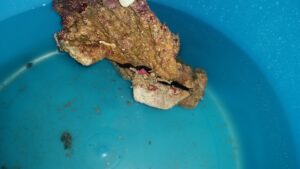
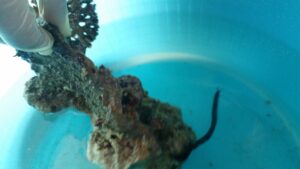
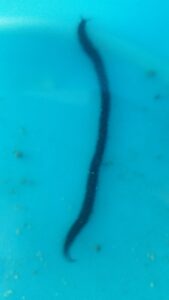
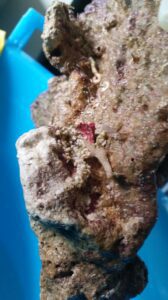
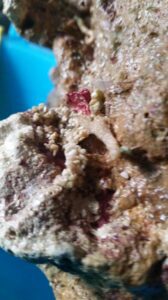
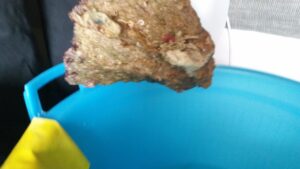
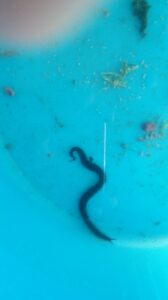
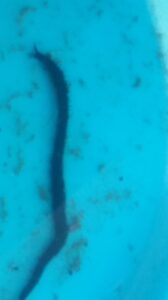
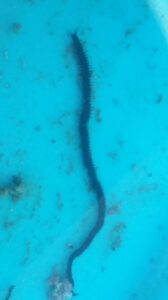
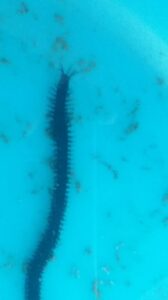
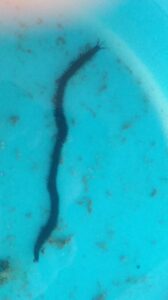
Here you can see some photos taken with the microscope: CLICK HERE!
Please follow and like us:
